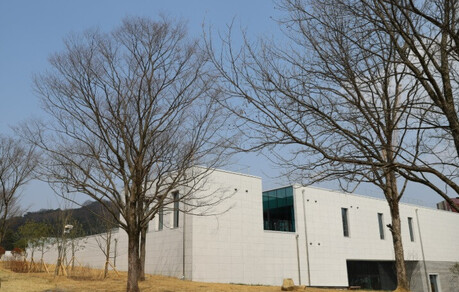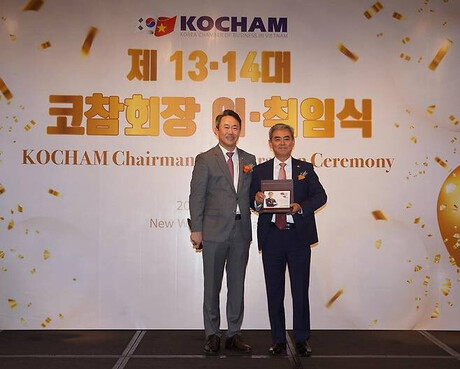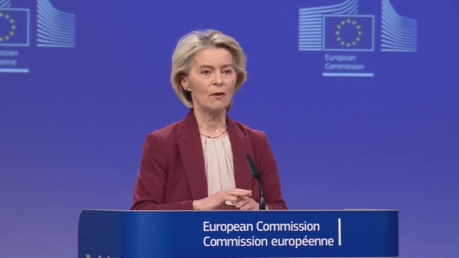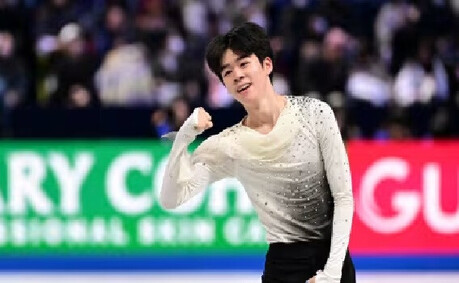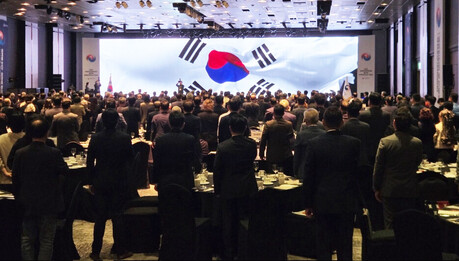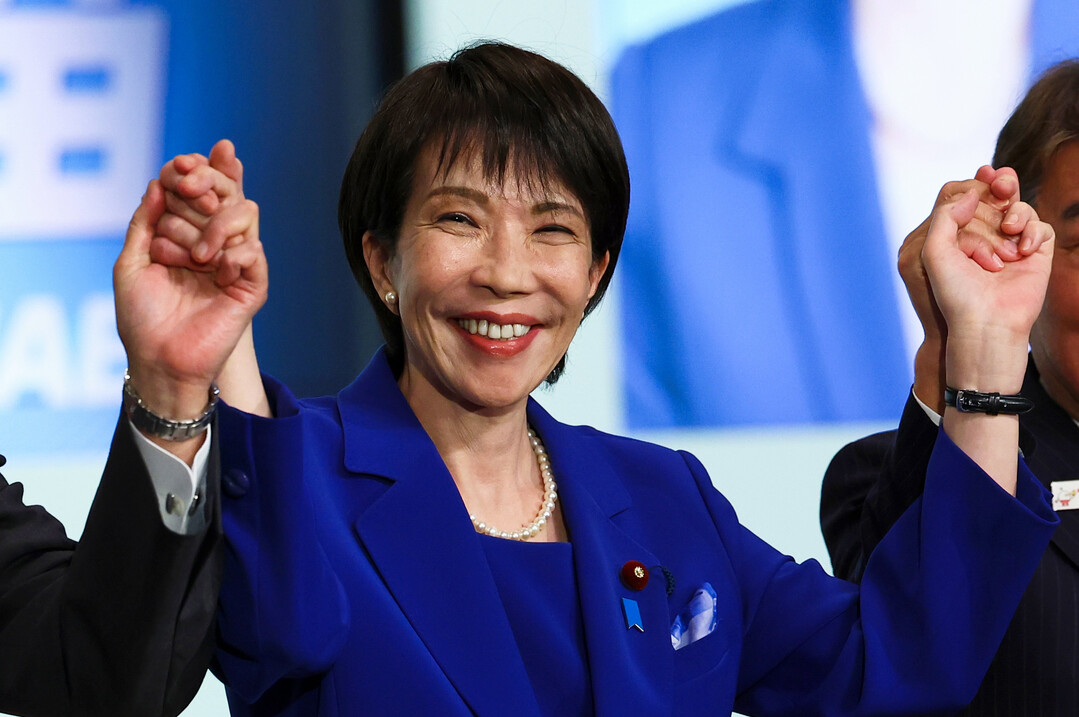
The election of Sanae Takaichi as Japan's first female Prime Minister on October 21, 2025, has placed a spotlight on her long and unyielding political career. Widely known as the 'Female Abe' and an 'ultraconservative warrior,' Takaichi's rise to the top of the male-dominated political landscape, culminating in her becoming the head of the Liberal Democratic Party (LDP), is the result of three decades of consistently hardline right-wing politics. Her premiership, secured through a last-minute coalition deal, marks a significant, yet divisive, moment in Japanese history.
Born on March 7, 1961, in Nara Prefecture, Takaichi's background is notably different from the dynastic political lineage of many of her peers, such as former Prime Ministers Shinzō Abe, Tarō Asō, Fumio Kishida, and Shigeru Ishiba; she comes from an ordinary working family. After graduating from Kobe University with a degree in Business Administration, she honed her political skills at the Matsushita Institute of Government and Management, a renowned training ground for future leaders. She also gained experience working on the staff of a Democratic Party member of the U.S. House of Representatives. Before entering national politics, Takaichi worked as an announcer for Fuji TV.
Takaichi's political journey began in 1992 with an unsuccessful bid for the House of Councillors (Upper House) as an independent. However, she successfully entered the House of Representatives (Lower House) in 1993, winning a seat in the Nara Prefecture district. It was as a freshman lawmaker that she first made a strong impression by publicly rebuking then-Prime Minister Tomiichi Murayama during a 1994 Budget Committee session. Takaichi challenged Murayama's apologies for Japan's wartime past, questioning his authority to judge the actions of past leaders and represent the country in offering apologies. This moment solidified her reputation as a formidable and unyielding figure.
After stints with the Liberal Party and the New Frontier Party, she joined the LDP in 1996 and worked her way up, eventually serving 10 terms in the Lower House, defying the 'glass ceiling' in the LDP's patriarchal structure. Her staunch conservative ideology became her core strength, compensating for her non-hereditary background. She is a known protégé of the late former Prime Minister Shinzo Abe, sharing his hawkish, nationalist platform, including support for revising Japan's pacifist Constitution and promoting a stronger military.
Her close alignment with Abe led to her holding several key positions during his tenure, including Minister of State for Okinawa and Northern Territories Affairs in his first cabinet (2006), Policy Research Council Chair, and two terms as Minister of Internal Affairs and Communications. Her ultra-conservative stance is further underscored by her regular visits to the Yasukuni Shrine, where Class-A war criminals from World War II are enshrined, a practice that has consistently drawn strong protests from China and South Korea. Takaichi has stated that her political role model is the late former British Prime Minister Margaret Thatcher, and she is often dubbed Japan's 'Iron Lady.' Reflecting a rebellious streak from her youth, she once played drums in a heavy metal band in college and enjoyed riding motorcycles, in line with her mother's advice to "live like a red rose."
[Copyright (c) Global Economic Times. All Rights Reserved.]




















